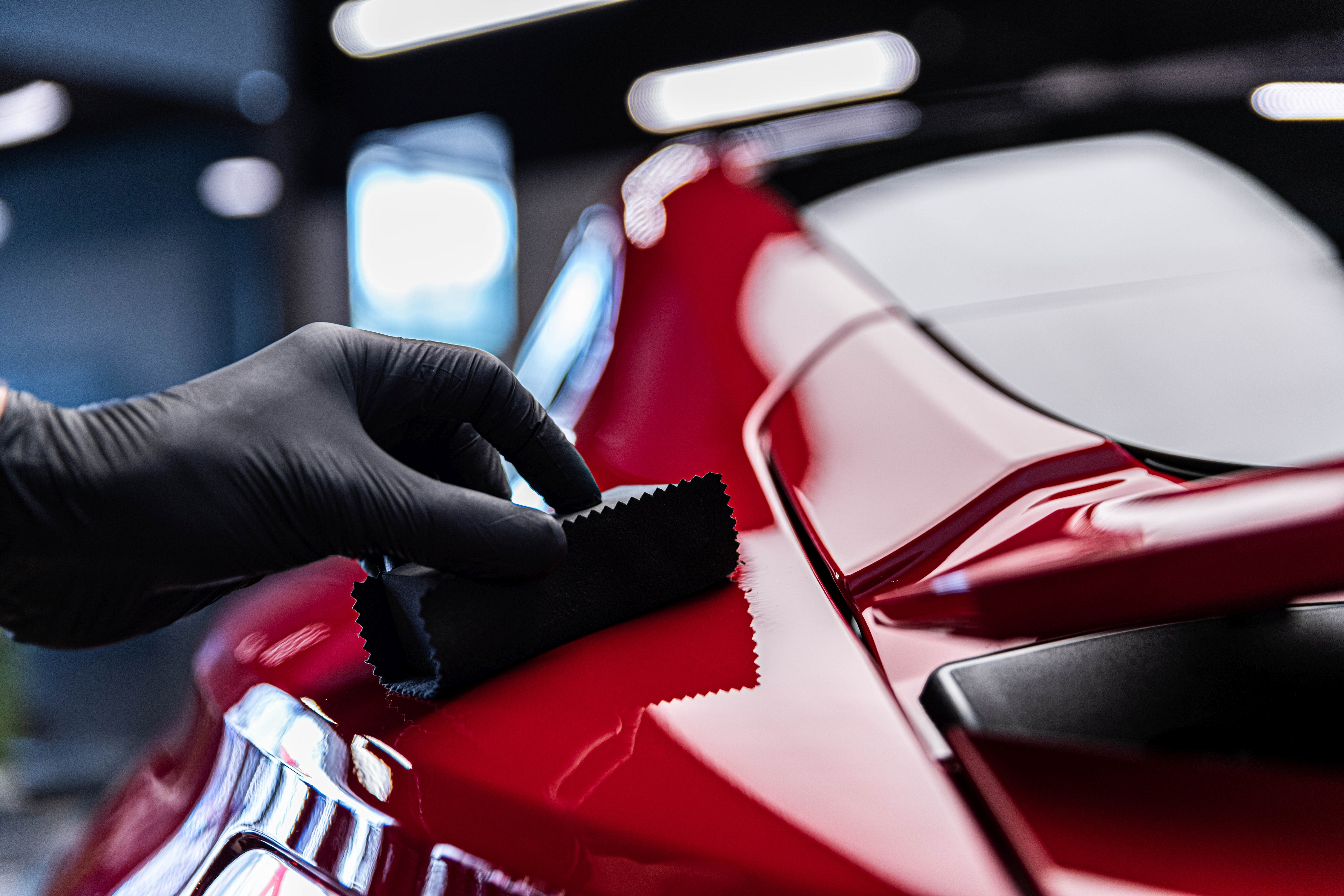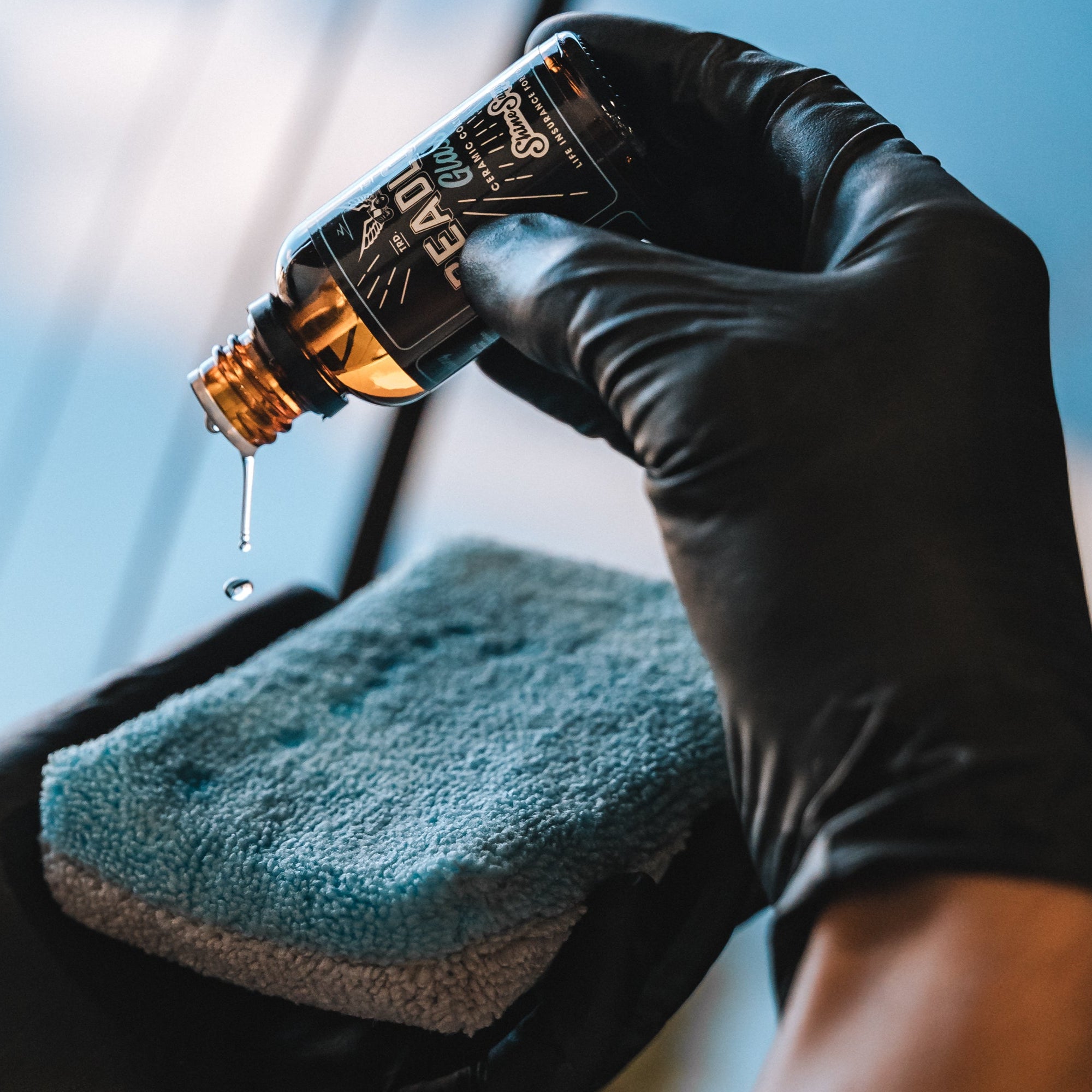Choose premium ceramic coating Sarasota for a shiny finish.
Choose premium ceramic coating Sarasota for a shiny finish.
Blog Article
A Comprehensive Overview to the Kinds Of Ceramic Finishing on the marketplace
Ceramic coatings have actually emerged as a pivotal option across numerous markets due to their special residential or commercial properties and applications. From silica-based solutions known for their effectiveness to hybrid alternatives that merge numerous benefits, the selections offered can be overwhelming. Recognizing the subtleties of each kind, including their particular advantages and perfect usage situations, is essential for making educated decisions. As we check out the distinctive attributes and applications of these finishes, the implications for performance and durability come to be increasingly obvious, elevating questions about which kind could best fit your needs.
Comprehending Ceramic Coatings
Ceramic finishes are advanced protective remedies that have acquired popularity in various industries, particularly in automotive and aerospace applications. These coatings are composed of a fluid polymer that, when cured, develops a sturdy, hydrophobic layer externally of the substrate. This layer gives enhanced resistance to environmental pollutants, UV radiation, and chemical direct exposure, thereby expanding the life and aesthetic charm of the underlying material.
The essential component of ceramic finishings is silica, which adds to their firmness and longevity. The application procedure typically entails surface area prep work, application of the coating, and treating, which can be attained via heat or UV light. When healed, ceramic finishings display remarkable bonding buildings, enabling them to adhere highly to a variety of surface areas, including steels, plastics, and glass.
Along with their safety features, ceramic coatings likewise provide ease of upkeep. Their hydrophobic nature minimizes the adherence of dirt and grime, making cleansing less complex and much less frequent. In general, the adoption of ceramic coatings represents a significant improvement in surface protection innovation, giving both functional and visual benefits across several sectors.
Kinds Of Ceramic Coatings
Various types of ceramic layers are readily available, each made to fulfill details efficiency needs and applications - Paint Protection Film. The most typical types include:
Silica-based Coatings: These layers mostly contain silicon dioxide and are known for their longevity and chemical resistance. They are widely utilized in automotive and industrial applications.
Titanium Dioxide Coatings: Distinguished for their photocatalytic homes, titanium dioxide coatings are commonly used in settings where self-cleaning and antifungal residential or commercial properties are desirable, such as in building products and automotive surfaces.
Zirconia Coatings: Characterized by their high-temperature security and thermal resistance, zirconia coverings are utilized in applications such as generator engines and high-performance vehicle parts.
Alumina Coatings: Displaying outstanding firmness and thermal security, alumina finishes are often used in wear-resistant applications, consisting of reducing tools and commercial machinery. - Car Detailing
Hybrid Coatings: Incorporating the properties of numerous materials, crossbreed finishes use improved performance qualities, making them appropriate for special and requiring applications.
Each kind of ceramic layer offers unique purposes, permitting customers to choose the most ideal option based on certain environmental problems and performance demands.
Benefits of Ceramic Coatings
Ceramic coatings, in specific, offer countless advantages that make them increasingly preferred among producers and consumers alike. These This Site finishings are immune to scrapes, chemicals, and UV rays, making sure that the underlying surface remains protected over time.
In enhancement to resilience, ceramic finishings give excellent hydrophobic buildings, permitting easy cleaning and maintenance. This water-repellent nature minimizes the adherence of dirt, grime, and other contaminants, which can prolong the aesthetic appeal and performance of the surface. Ceramic finishes can dramatically improve thermal resistance, making them optimal for applications that sustain high temperatures.

Application Refine
When applying ceramic coverings, a meticulous approach is necessary to attain ideal results. The application process commonly starts with complete surface preparation. This includes washing, sanitizing, and polishing the surface to remove all impurities, including dirt, grease, and prior waxes or sealants. A clean surface area makes certain appropriate attachment of the layer.
When the surface is prepped, the following action is to apply the ceramic covering. This can be done using an applicator pad or a microfiber fabric, making sure even coverage. It is essential to operate in small areas to keep control and avoid premature healing. The covering needs to be applied in thin layers, as thicker applications can cause unequal surfaces.
After application, the covering needs a specific healing time, commonly ranging from a few hours to a complete day, depending on the product. Throughout this time around, it is essential to avoid exposure to wetness or pollutants. Lastly, a mild buffing may be required after treating to improve the gloss and eliminate any type of high spots. Complying with these actions vigilantly will optimize the effectiveness and long life of the ceramic coating, offering a sturdy protective layer for the surface area.
Upkeep and Longevity
To make certain the durability and efficiency of a ceramic covering, regular upkeep is important. Ceramic layers, understood for their sturdiness and safety top qualities, call for details care routines to optimize their life-span and performance.
In addition to routine cleaning, routine inspections are vital. Seek signs of wear or damage, my review here such as hydrophobic residential or commercial properties reducing or surface imperfections. If necessary, a light gloss may be put on renew the layer without removing it away.
Moreover, the application of a booster spray can improve the layer's hydrophobic results and restore its gloss. This is particularly helpful for coverings that have actually been in usage for an extensive period. Inevitably, by sticking to these maintenance practices, one can substantially extend the life of a ceramic covering, making certain that it remains to supply optimum protection against ecological factors and preserve the aesthetic allure of the car.
Verdict

Report this page